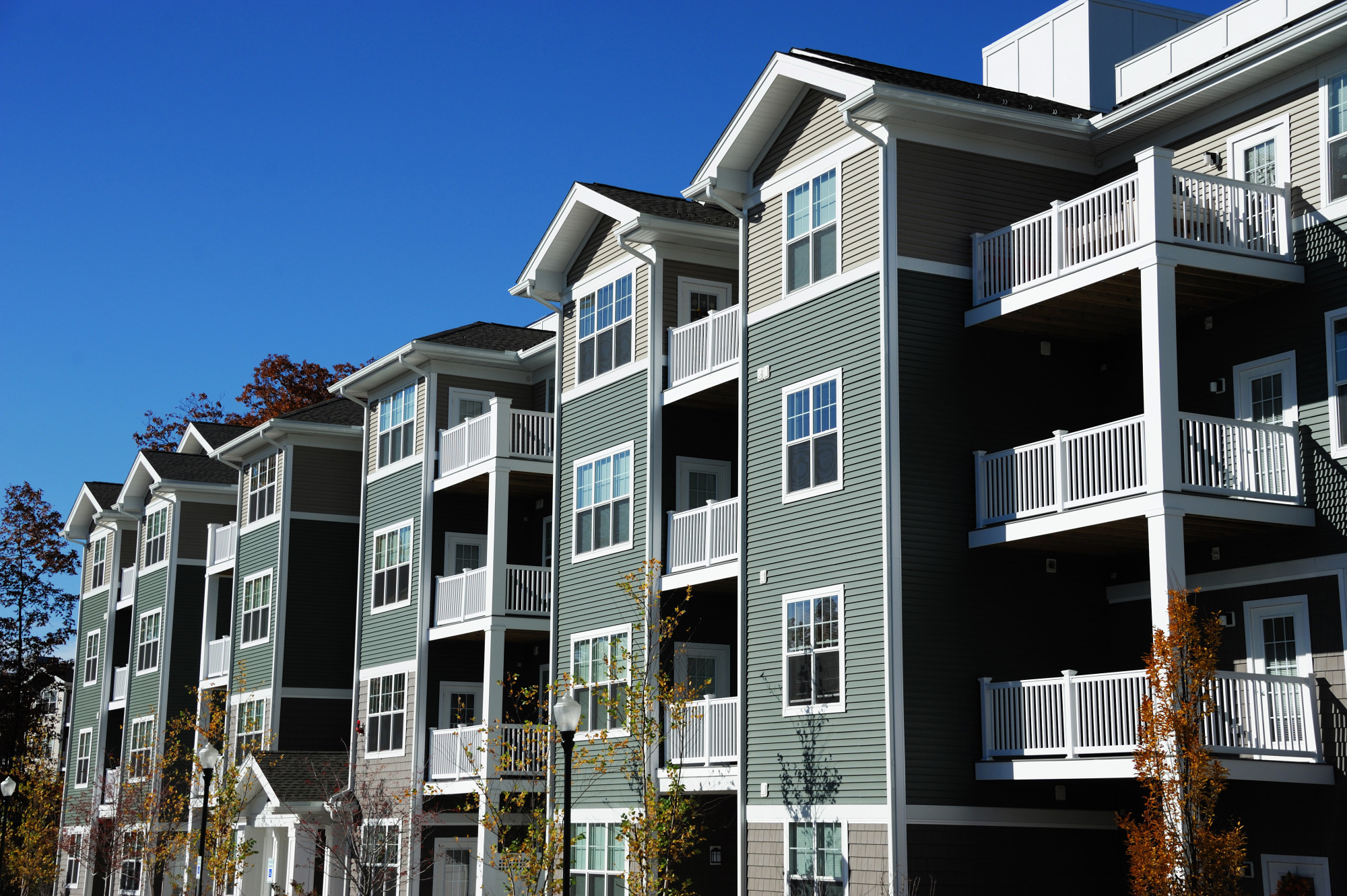In 2019, the cost of college tuition was $34,740 and this excludes housing costs.
This is just another reason why off-campus apartment rentals can potentially save you money while meeting your personal living standards.
Here are three actionable tips for students renting off-campus apartments.
1. Start Budgeting to Fully Understand Your Renting Options
You need to find out how much you can actually spend to even start renting.
Budgeting models to follow:
- 80/20 Rule: 80% of budget = essentials expenses and 20% = non-essentials.
- 50/30/20 Rule: 50% of budget = essential expenses, 30% = recreational spending, and 20% = paying off debts.
For less budgeting maintenance, use the 80/20 Rule or if you need more structure, use the 50/30/20 Rule.
To understand your essential expenses, first determine the “cost of living” for your rental. This will be a fixed number that includes all the expenses needed to actually rent the space. Usually, the cost of living includes monthly rent and utilities like heat, water, electricity if they aren’t already included with the rent.
Make sure you understand what payments are expected in the lease.
After the cost of living, you need to calculate the cost of basic necessities typically needed for each month. These costs, e.g. books, groceries, gas can fluctuate.
Finally, determine other non-essential spending costs such as eating out, recreational activities, etc.
2. Make Distance a Significant Factor in Your Renting Decisions
Your housing situation largely depends on location and whether you have your own means of conveniently getting to and from campus.
If you’re attending school in a small college town that’s more rural than urban, you’ll likely need a car and therefore, housing that includes parking. Beware, parking is another utility that may not be covered in monthly rent.
Oppositely, attending school in a larger city means you might rely on public transportation, which can add up over time.
Sometimes you can find an apartments rental network that accommodates the need for convenient distances. These are good options to explore since they’re tailored to most of your student needs.
3. Choose Your Roommates (if any) and Renting Leases Wisely
A significant benefit to roommates is the sharing of expenses. This can work in the group’s favor if you choose the right lease.
Popular types of leases for students include:
- Joint-lease: the group pays collectively.
- Individual lease: each roommate is financially responsible for their own room.
If you fear that roommates are unable to pay rent consistently, you might consider an individual leasing agreement.
Or if you need a typically cheaper option consider the joint-lease, but if one roommate can’t pony up, the group is still responsible for the total payment.
Make sure you choose roommates that share a good understanding of the lease agreements, apartment ground rules, and boundaries.
This can save you from souring relationships over time due to poor housing experiences.
Start Your Renting Off-Campus Apartments Process Now
Keep in mind that other students with similar off-campus housing plans are potentially looking to rent the same time as you.
They’ll either be your roommates or your competition. So, act now!
If you’re close to renting off-campus apartments, check out our college moving checklist to make sure you have everything needed for your home away from home.
Remember to keep researching and implement what you learn!
